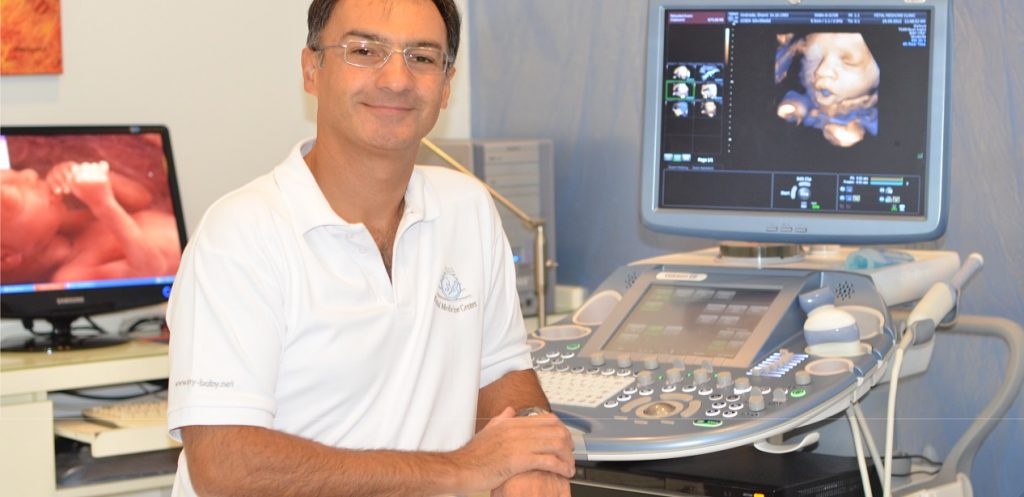
Written by Dr. Afshin PourMirza, MD, PhD
Obstetrics and Gynaecology – Maternal Fetal Medicine
Managing Director of Feto Maternal and GenetYX Center
In the past women would wait until the delivery day to find out the baby’s health status, well-being and even gender. However, today with the help of developments in medicine and in prenatal tests, doctors are able to give you details about your unborn child during different stages of pregnancy.
One of the most daunting questions a pregnant woman has throughout her pregnancy: “Is my baby healthy?” Today this question is easy to answer, bringing the pregnant mother, the peace of mind she needs. There are some tests that a pregnant woman can undergo, to check the baby’s health and development. One of these tests is the Anomaly scan.
What is an anomaly scan?
An anomaly scan, also known as detailed morphology scan, intends to take a closer look at the baby and the uterus. During this test, the Fetal Medicine Specialist will check how the baby is developing plus the position of the placenta. The Anomaly scan is often called a 20-week scan; however, a patient may have it any time between 18 weeks and 22 weeks.
The whole scan takes about 30 minutes for a single gestation. The Fetal Medicine Specialist will assess the fetal organs. During the scan, the specialist will measure parts of your baby’s body, to see how well he is growing. The specialist will measure:
– The shape and structure of the baby’s head and brain.
– The face – Cleft lip and palate are checked while focusing on the face.
– The baby’s spine; its length and in cross section, making sure that all the bones align, and that the skin covers the spine at the back.
– The heart, and whether it has a normal structure, and if its location is normal as well as its rhythm pattern.
– The abdominal wall of the baby. The specialist will check if it covers all the internal organs at the front.
– The stomach.
– The kidneys, confirming that the baby has two kidneys while the bladder is visible.
– The Fetal extremities: Hands, fingers, feet, toes, arms, and legs
The test also examines the location of the placenta and its structure, in addition to the umbilical cord and the amniotic fluid.
To see how well the baby is growing, the HC (head circumference), AC (abdominal circumference) and FL (femur length-thigh bone) measurements should match up depending on when is the expected delivery date.
Although the main target of the scan is as mentioned above, the Fetal Medicine Specialist can use the scan also to reveal the gender of the baby, if the patient desires. By 12 weeks gestation, gender accuracy is 95% while at 16 weeks, it is 99%++.
More articles you might be interested in:
The Journey of a Healthy Pregnancy From A to Z
Everything you Need to Know about Conception and Getting Pregnant







Awesome post! Join the fun at https://sugongfang.com for up to R$1,000 welcome bonus, progressive jackpots, and instant PIX withdrawals. Date: 2025-10-27 20:51:05 (-03).
好文!2026年世界杯越来越近了,让我们共同期待这场全球足球盛宴。日期:2025-11-18 19:36:55 (-03)。
Awesome post! Join the fun at https://ykk-4whatsapp.com 在 WhatsApp 网页版中,您可以轻松创建和分享日历事件。 . Date: 2025-12-08 13:47:03 (-03).